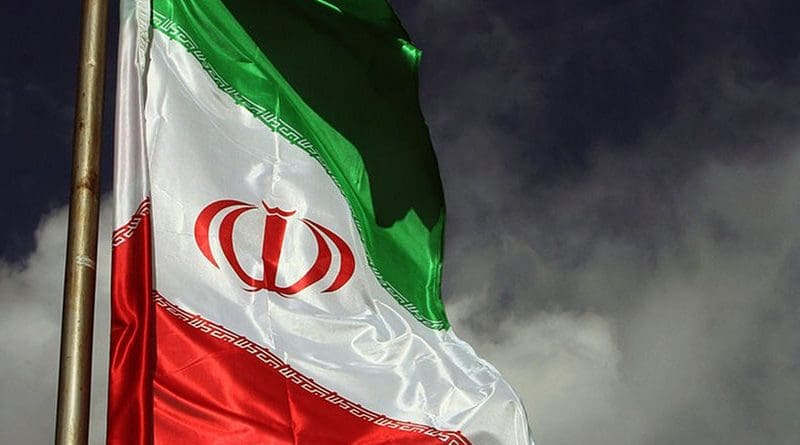Iran: Preliminary Results Give Conservatives Lead In Parliamentary Elections Amid Reports Of Low Turnout
By RFE RL
(RFE/RL) — Preliminary results for Iran’s February 21 parliamentary elections showed conservatives and hard-liners leading amid indications of an unusually low turnout.
The vote was certain to favor conservative candidates following the pre-vote disqualification of thousands of reformists and relative moderates.
Because of the disqualifications, turnout was expected to be lower than usual despite pleas by Iranian leaders for citizens to head to the polls.
The Interior Ministry, which oversaw the election, did not reveal the turnout, and there were indications that voter participation was unusually low.
Authorities three times extended voting by a total of five hours to allow more people to cast ballots.
VOA reported that dozens of video reports purporting to show nearly empty polling stations were being posted to social media. Germany’s dpa news agency quoted locals in Tehran as saying many polling stations were empty.
The hard-line Fars news agency, which is affiliated with the Islamic Revolutionary Guards Corps (IRGC), estimated turnout at 40 percent nationwide and 30 percent in Tehran.
Supreme Leader Ayatollah Ali Khamenei cast his ballot at a mosque near his Tehran office shortly after polls opened and urged voters to come out.
“Anyone who cares about Iran’s national interests should participate in the election,” he said in televised remarks.
President Hassan Rohani, who initially criticized the disqualification of so many moderate would-be candidates, said Iranians could stage what he called a “victory” by voting in large numbers.
“Our enemies will be disappointed more than before,” Rohani said, after casting his ballot.
Before the vote, Iranian authorities had predicted a turnout of about 50 percent, compared with 62 percent in the 2016 parliamentary elections.
All of those standing for election were prescreened by a group of hard-line Islamic clerics who disqualified some 9,000 potential candidates.
Final results were expected on February 23.
The National Elections Committee said on February 22 that it had counted votes in 71 out of 208 constituencies across Iran.
Esmail Musavi, a spokesman for the committee, said on February 22 that electoral authorities would “try to publish the final figures tonight, and if that task takes too long, tomorrow.”
In constituencies where candidates failed to get 20 percent of votes cast, a run-off election will be held in April.
The Interior Ministry said on February 22 that conservative candidates led by Mohammad Bagher Qalibaf were leading in the races for Tehran’s 30 parliamentary seats.
Qalibaf, a former Tehran mayor and air force commander within the powerful IRGC, is seen as a prime candidate to become the next parliament speaker.
‘Sweeping Victory’ Predicted
Media affiliated with conservatives and hard-liners projected a sweeping victory for their candidates.
The Fars news agency claimed the outcome from 183 out of the 290 seats in parliament had been decided, saying that conservative candidates would win 135 seats, while reformists were set to secure 20 seats and independents 28.
In the 2016 vote, a bloc of reformists and moderate conservatives won 41 percent of the 290 parliamentary seats. Hard-liners won 29 percent and independents took 28 percent.
Conservative clerics in the Guardians Council cleared a total of 7,148 candidacies.
Ninety members of Iran’s outgoing parliament were among those who were rejected. Many were moderates or reformist lawmakers who support engagement with the West.
U.S. Secretary of State Mike Pompeo criticized the election as a “sham” and a vote that “is not free or fair.” Washington on February 20 imposed sanctions on five members of Iran’s Guardians Council and its Elections Supervision Committee, accusing them of rigging the election.
Officials initially extended voting for two hours due to what state television described as a “rush of voters” during the final hours of scheduled voting. Balloting was then prolonged again for a further two hours and then a third time for one additional hour.
The elections were seen as a test of the popularity of Iran’s conservative clerical establishment.

